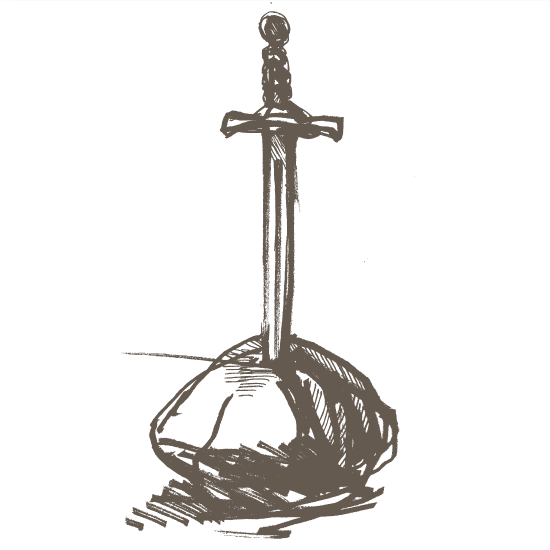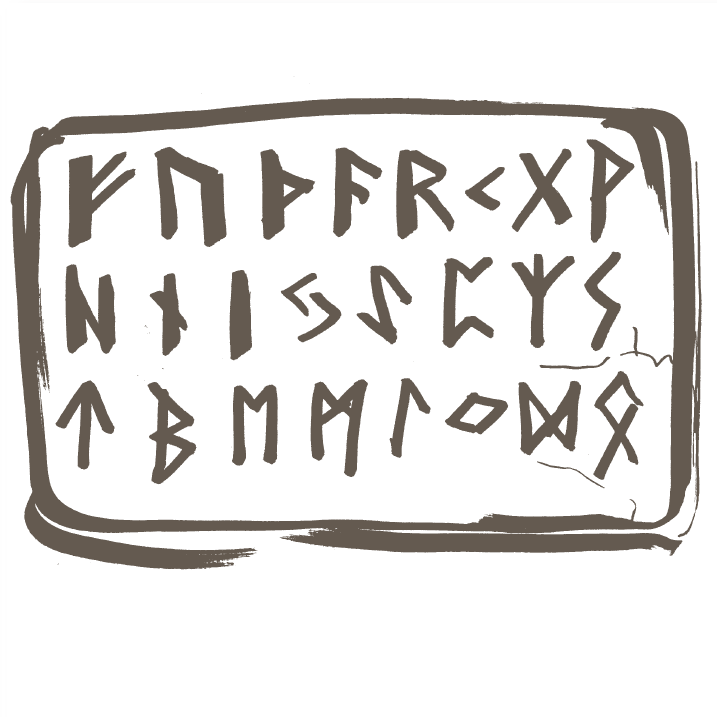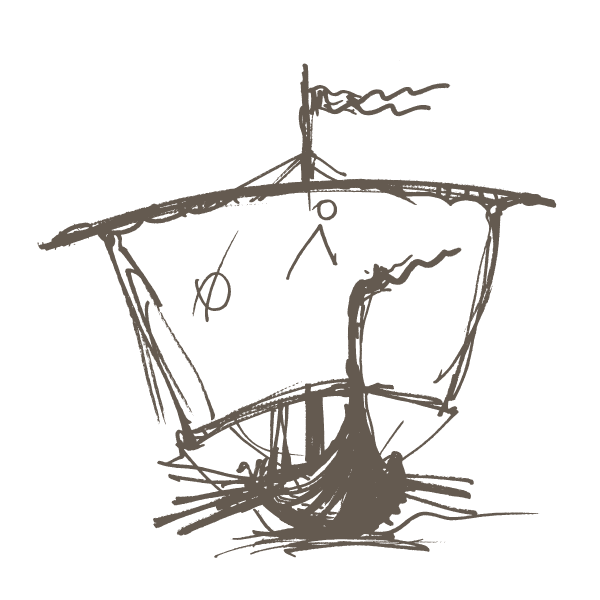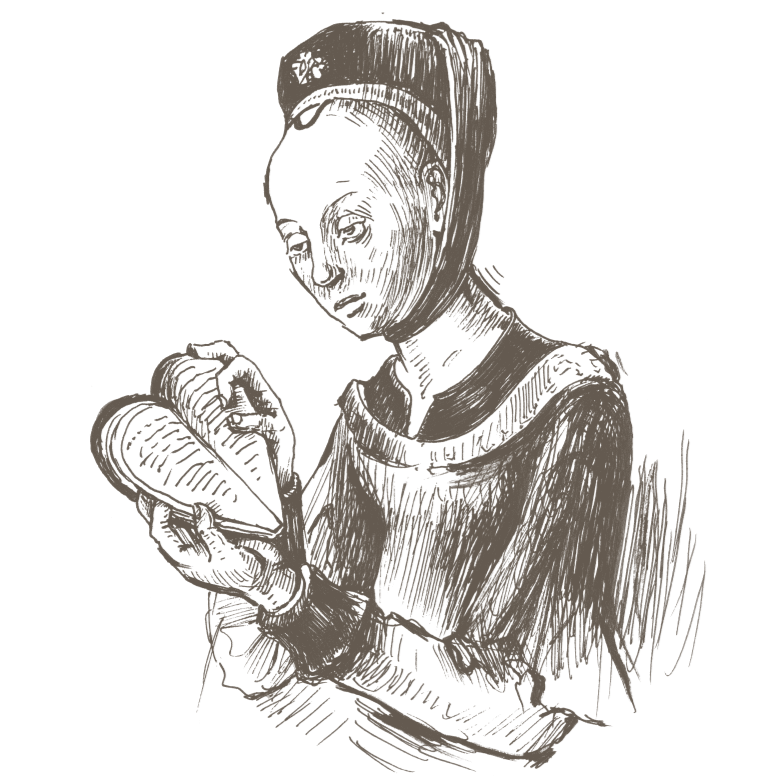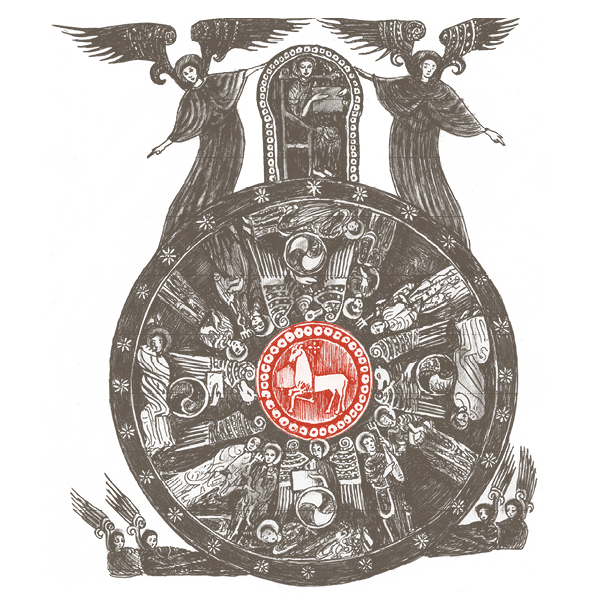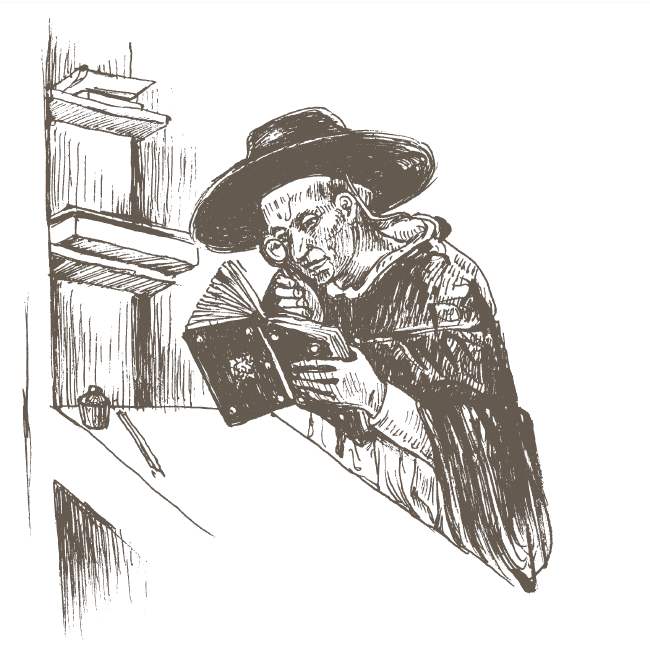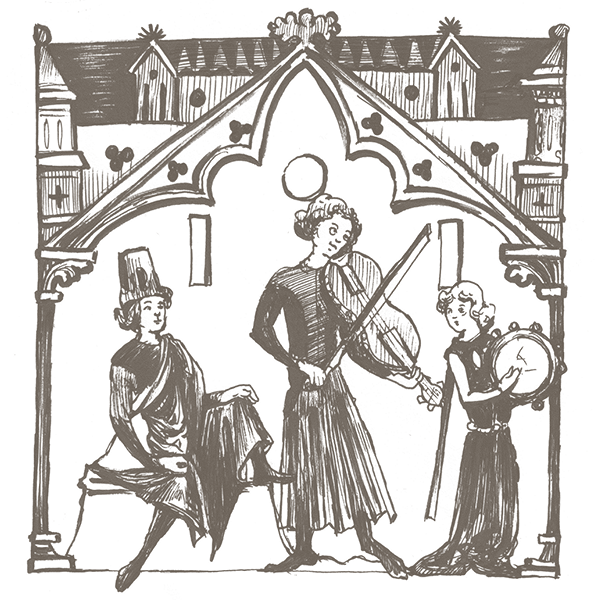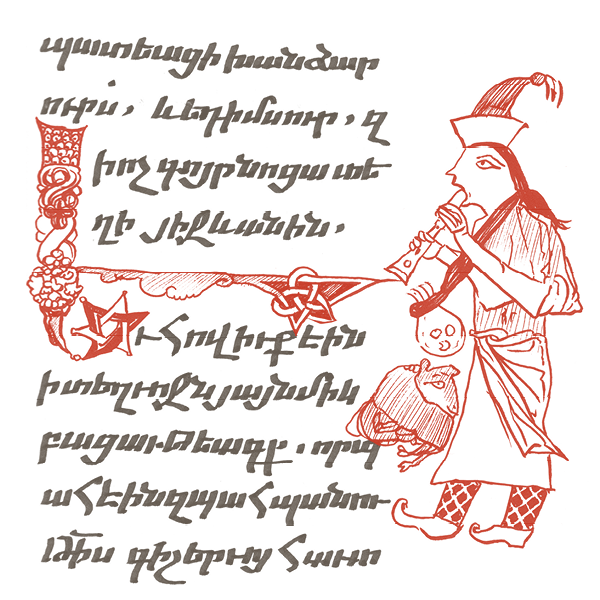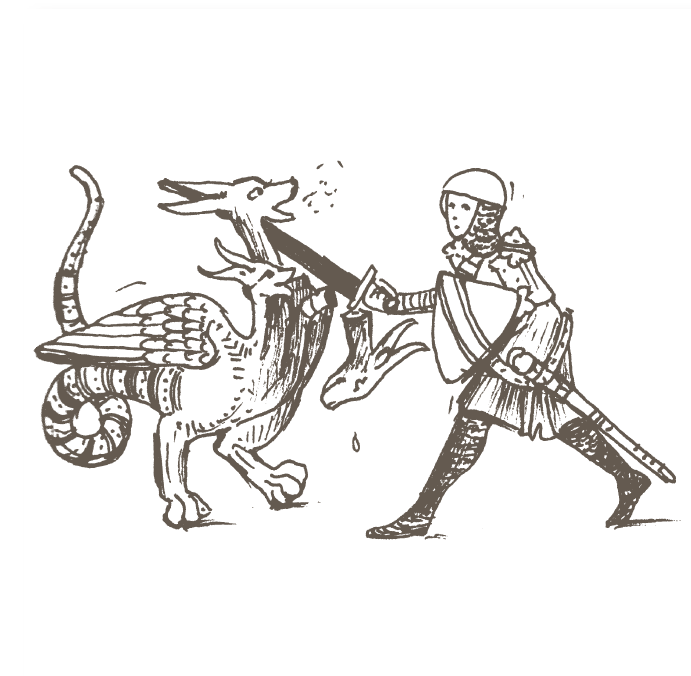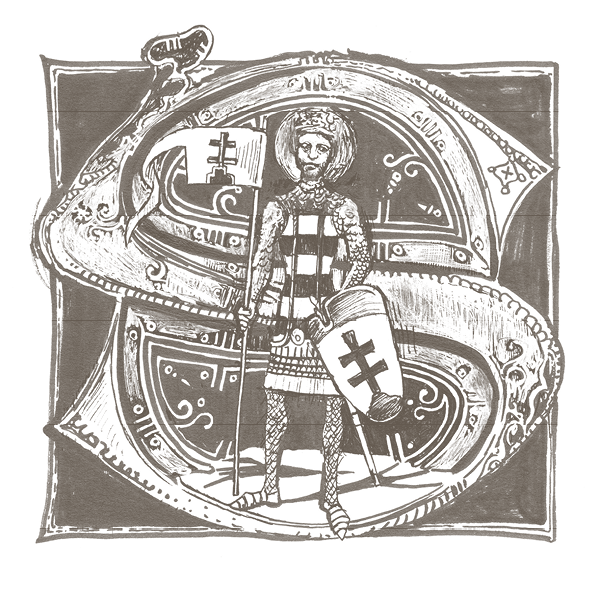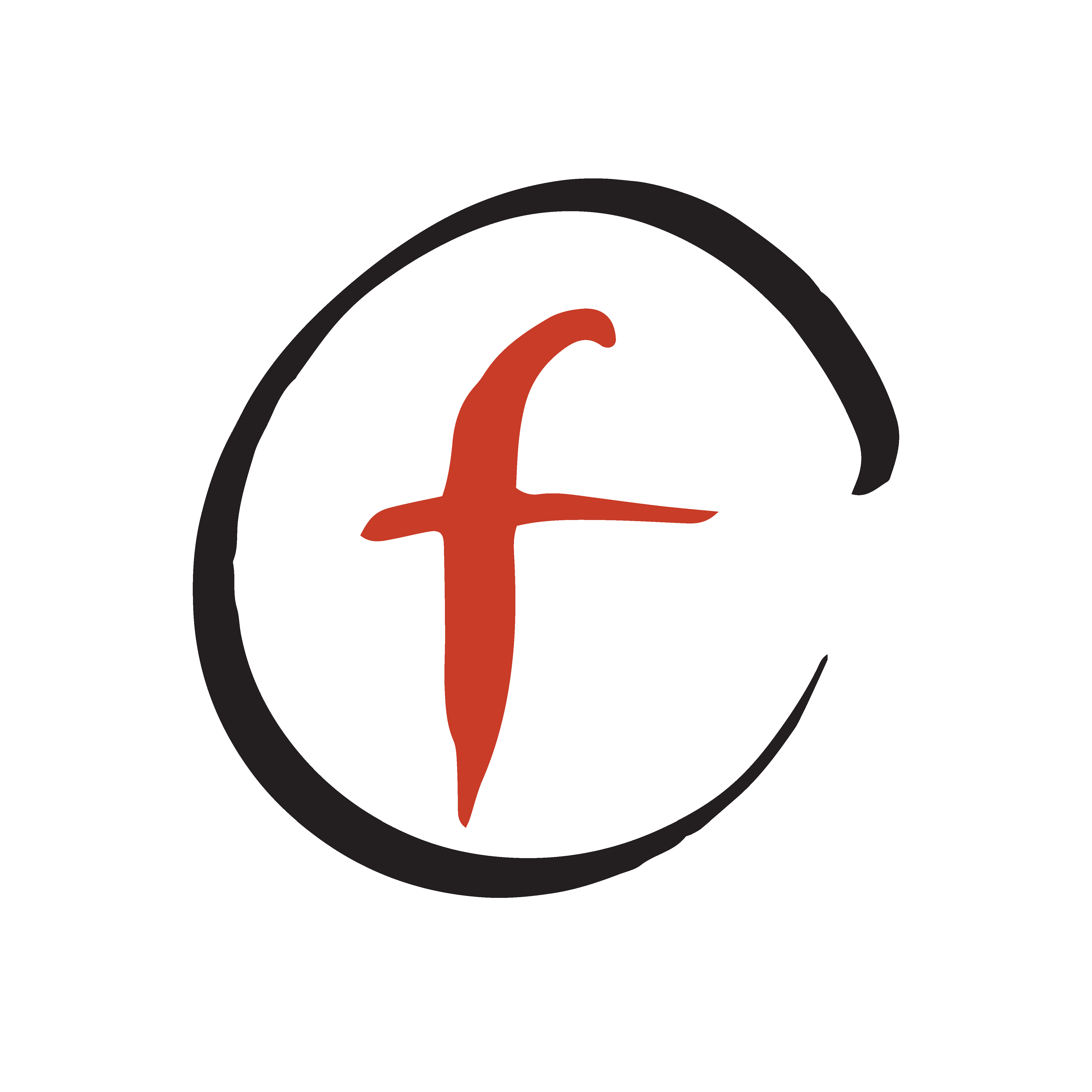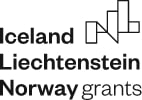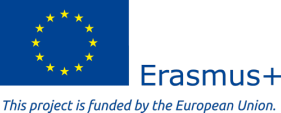The diverse literary heritage of medieval Europe reflects the interconnectedness of cultures, the influence of religious thought, and the emergence of vernacular languages alongside classical traditions. Each region contributed unique perspectives, creating a tapestry of stories, poetry, and philosophical works that continue to captivate readers today. Step into the rich tapestry of the literary languages of medieval Europe that shaped the cultural landscape of their time.
Explore languagesSacred
Arabic
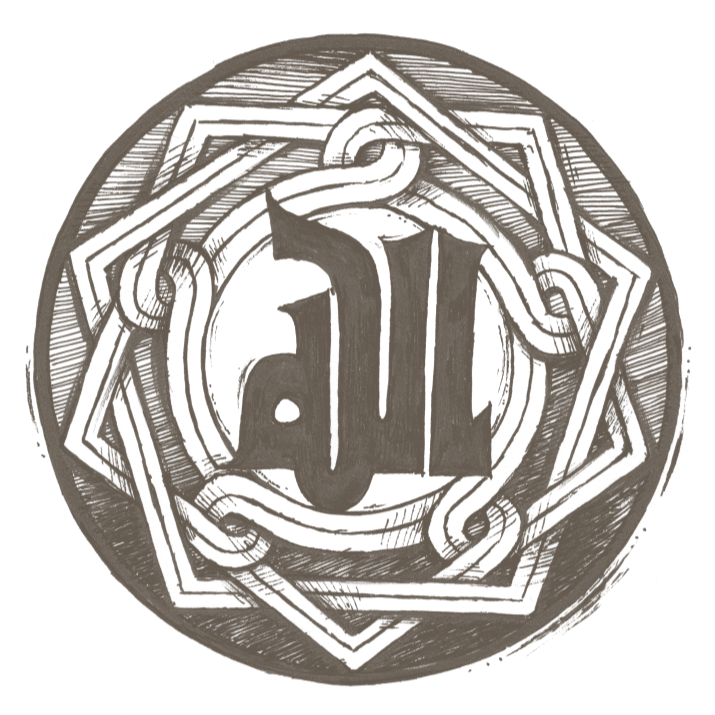
Arabic is a Semitic language known for its significance in Islamic culture and literature.
ExploreGreek

Greek was widely used in the Eastern Roman Empire and is known for its contributions to philosophy, science, and literature.
ExploreHebrew
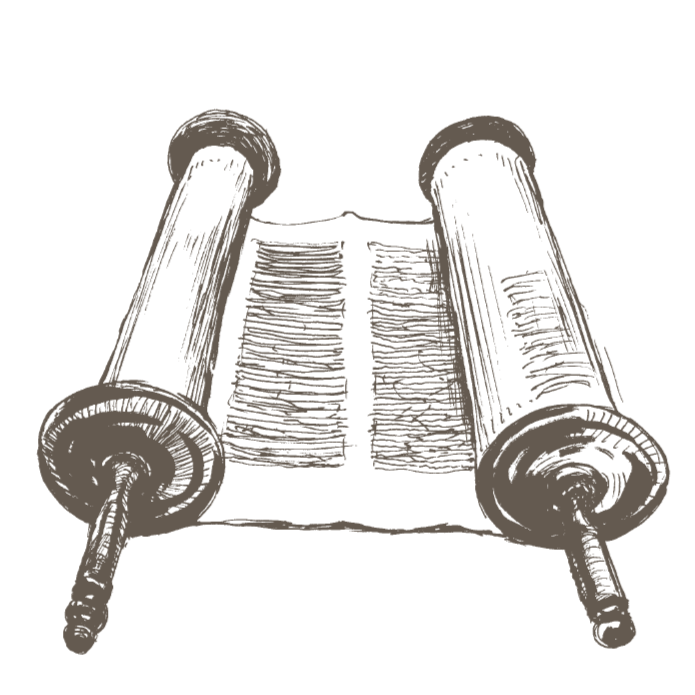
Hebrew is a Semitic language with ancient roots, used for religious texts like the Old Testament.
ExploreLatin
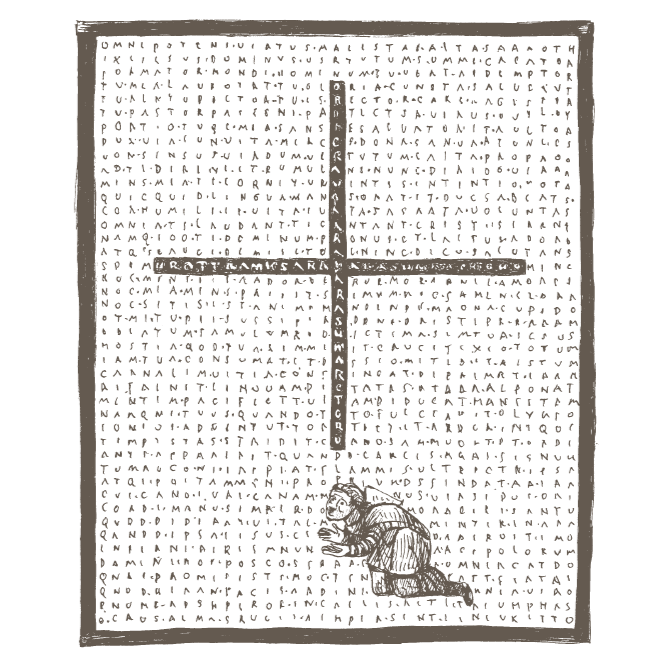
Latin was the language of the Roman Empire and continued as the language of scholarship, the church, and science.
ExploreChurch Slavonic

Church Slavonic was used in Orthodox Christian liturgy and religious texts in Eastern Europe.
ExploreCeltic
Irish
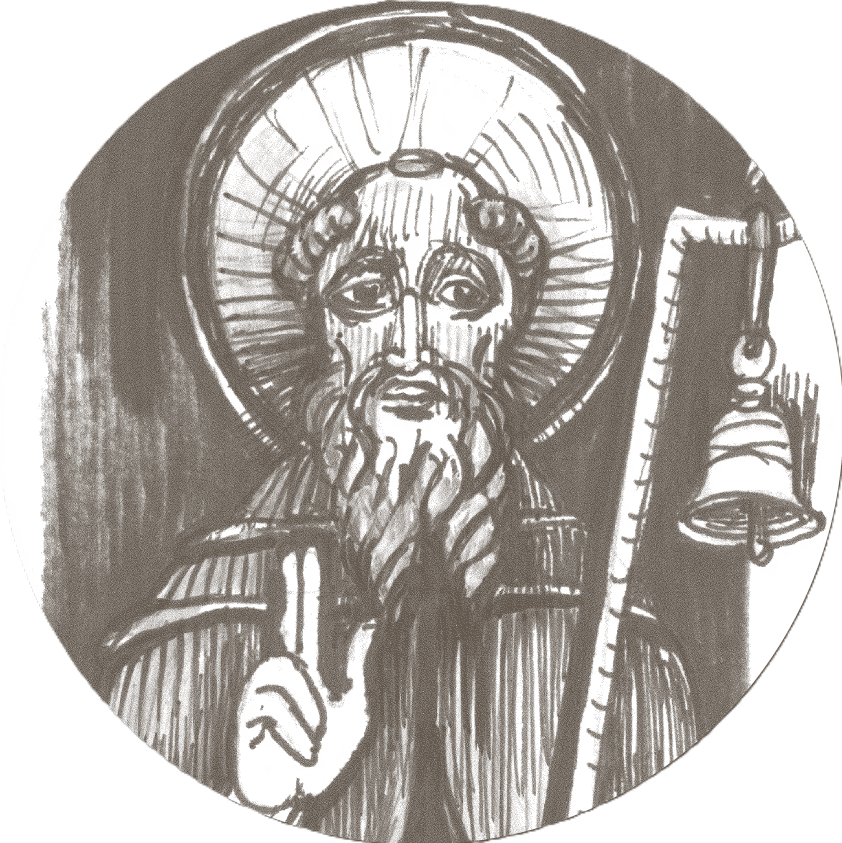
Old and Middle Irish (or Gaelic) were Celtic languages spoken in medieval Ireland and Scotland
ExploreGermanic
German

It was not a single language in the Middle Ages: High German was used in the south and Low German in the north.
ExploreEnglish
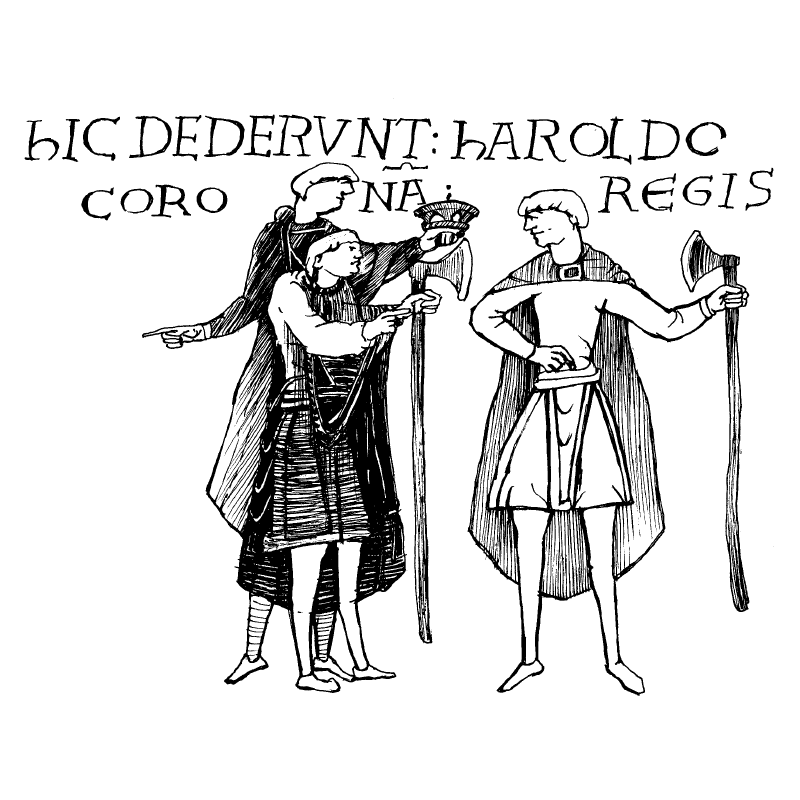
English includes Old English, Middle English, and has a diverse medieval literary tradition.
ExploreRomance
Catalan
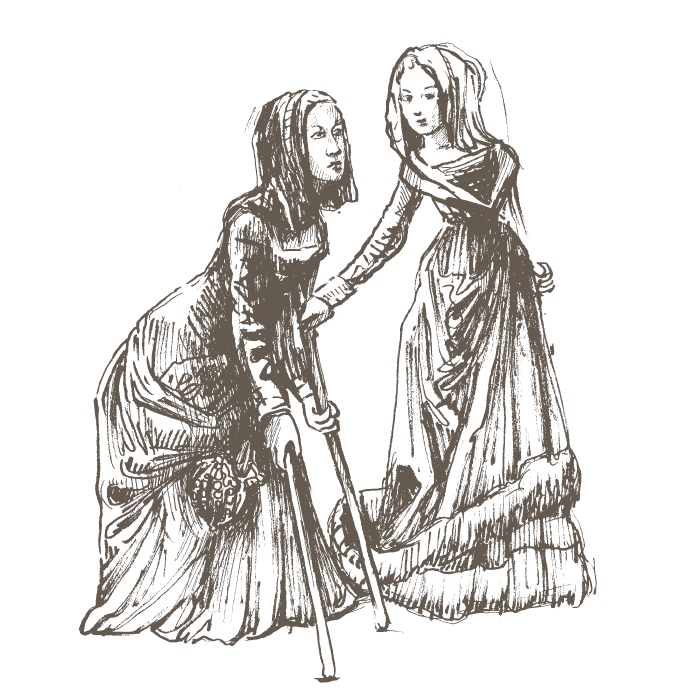
Catalan is spoken in Catalonia and other regions, related to Occitan and Spanish (Castilian).
ExploreItalian

Italian is known for its Renaissance art, literature, and its influence on modern culture.
ExploreOccitan
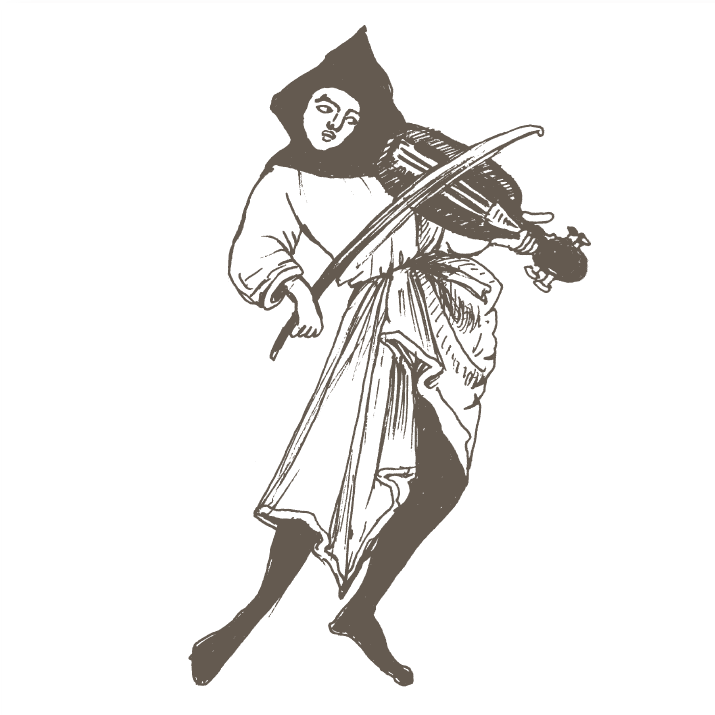
Occitan is a Romance language spoken in southern France, with a history of troubadour poetry.
ExploreSlavic
Church Slavonic

Church Slavonic was used in Orthodox Christian liturgy and religious texts in Eastern Europe.
ExploreEast Slavic
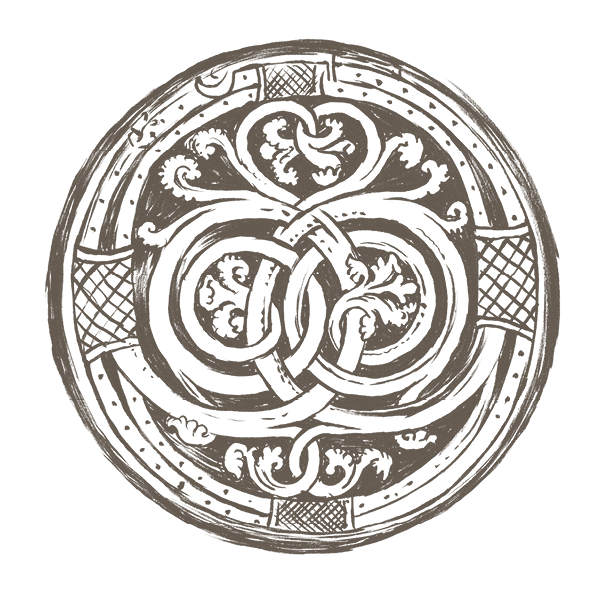
East Slavic languages include today's Russian, Ukrainian, and Belarusian.
South Slavic
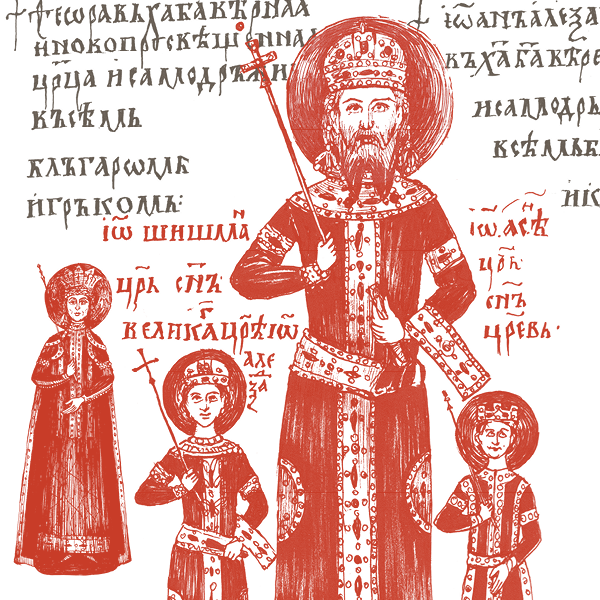
South Slavic languages include Serbian, Croatian, and Bulgarian, with diverse medieval traditions.
Czech
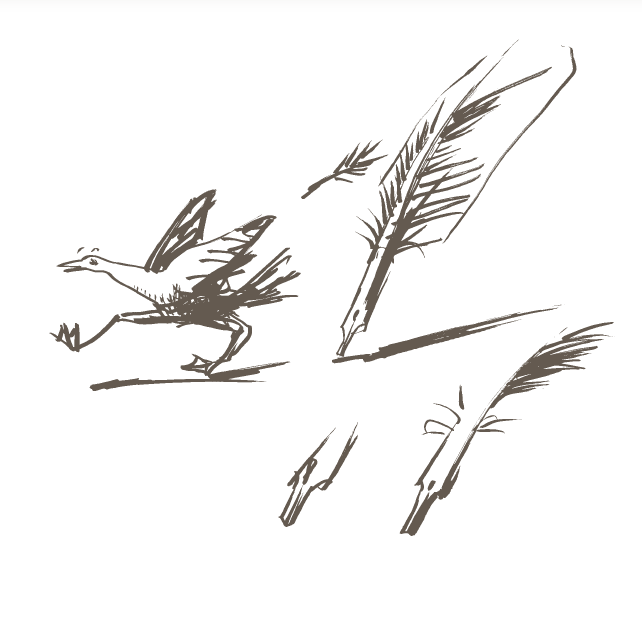
Czech developed as a literary language in the late Middle Ages and was spoken in Central Europe.
ExplorePolish
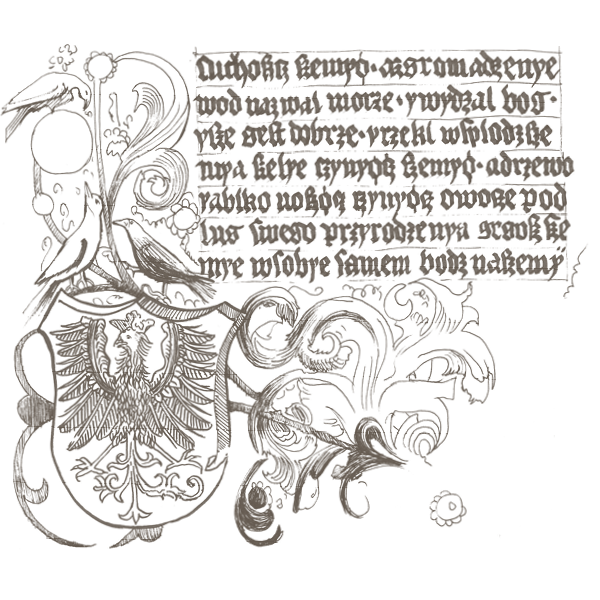
Polish medieval literature includes epic poetry, chivalric romances, and religious texts.
Explore